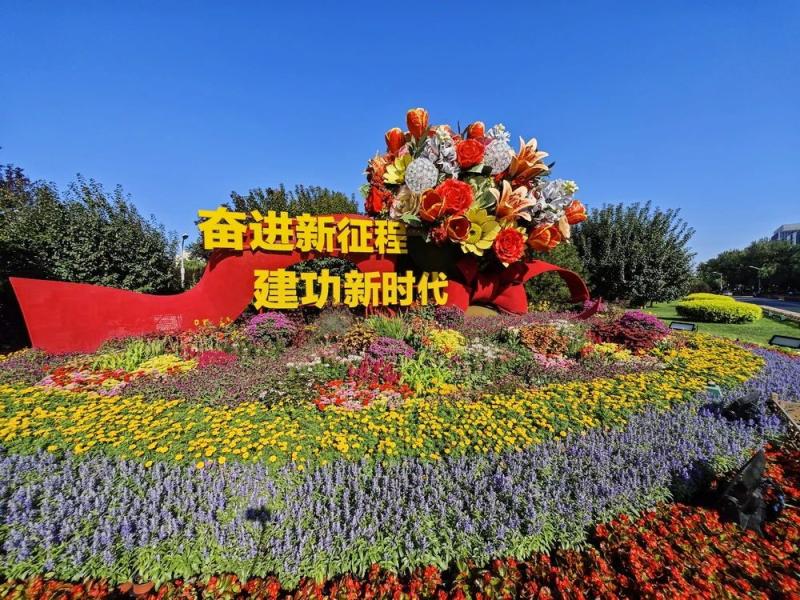Recently, themed flower beds commemorating the 80th anniversary of the victory in the Chinese People’s War of Resistance Against Japanese Aggression and the World Anti-Fascist War have appeared along Beijing’s Chang’an Avenue, attracting many citizens and tourists to take photos.
Ten groups of flower beds are distributed between Jianguomen and Fuxingmen along Chang’an Avenue. See actual photos →
Photo route: Fuxingmen → Xidan → Dongdan → Jianguomen
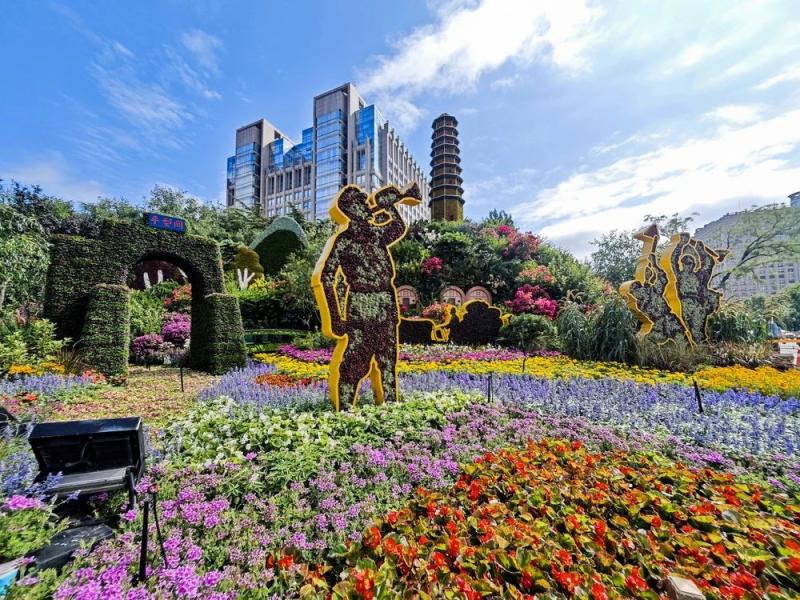
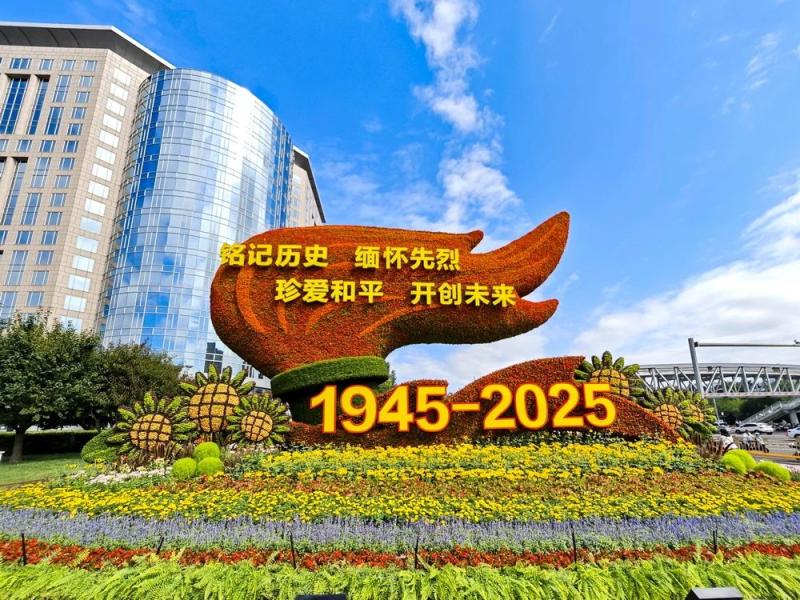
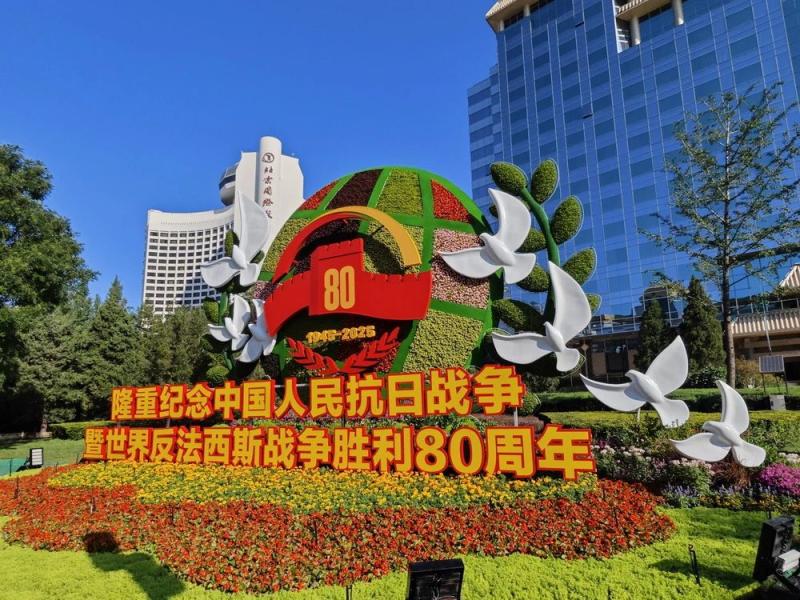
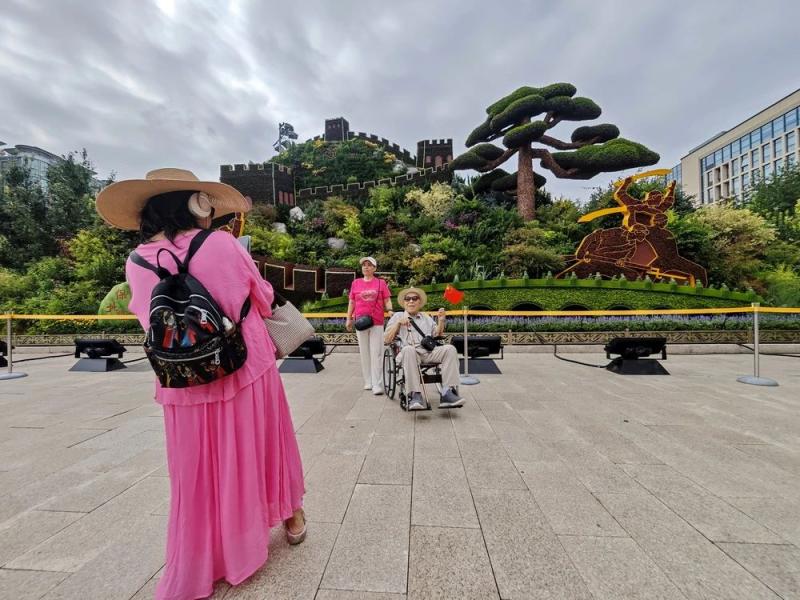
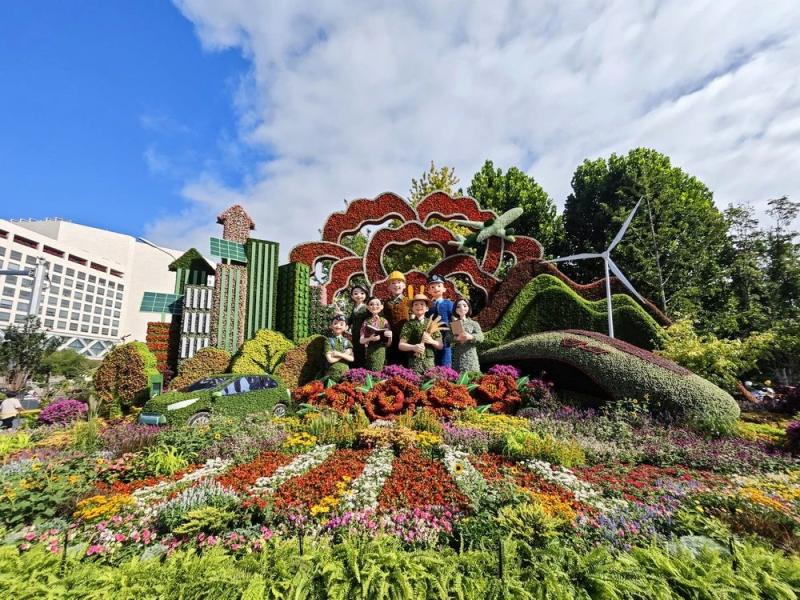
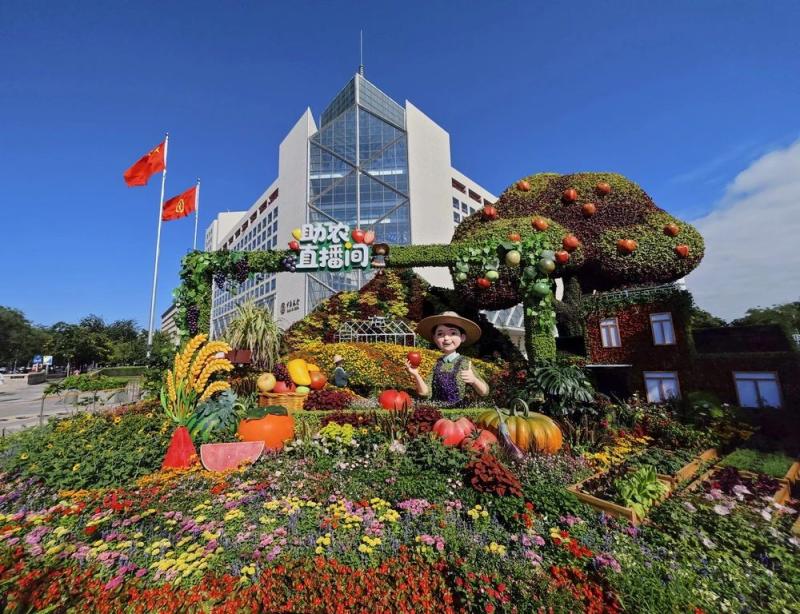
Chang’an Avenue
Chang’an Avenue is a major thoroughfare in Beijing, China, historically serving as the main processional route during the Ming and Qing dynasties. Today, it is a politically and culturally significant artery running east-west through the city center, flanked by important landmarks like Tiananmen Square and the Great Hall of the People. Its name, meaning “Eternal Peace,” reflects its longstanding symbolic importance to the nation.
Jianguomen
Jianguomen is one of the former gate locations in Beijing’s historic city wall, originally built during the Ming Dynasty. While the gate itself was demolished in the 20th century, the area is now a major modern business and diplomatic district. Its name, which means “Gate of National Foundation,” is preserved today in the name of a nearby subway station and overpass.
Fuxingmen
Fuxingmen is a prominent city gate and major transportation hub in Beijing, originally built during the Ming Dynasty as part of the city’s fortifications. While the original gate was demolished in the 20th century to make way for urban development, the name lives on for the surrounding area and its important subway interchange station.
Xidan
Xidan is a major commercial district in central Beijing, known for its long history as a bustling marketplace and modern shopping centers. Its name, meaning “Western Single Archway,” originates from a historic memorial archway that once stood there. Today, it is a vibrant hub blending traditional shops with contemporary malls and is a key financial and entertainment area.
Dongdan
Dongdan is a major commercial and transportation hub in central Beijing, located just east of the Forbidden City. Historically, it was part of the city’s old Tartar Wall and became a prominent area in the early 20th century, known for its upscale shops and the first modern department store in the capital. Today, it remains a vibrant shopping and business district, seamlessly blending its historical significance with modern urban development.

